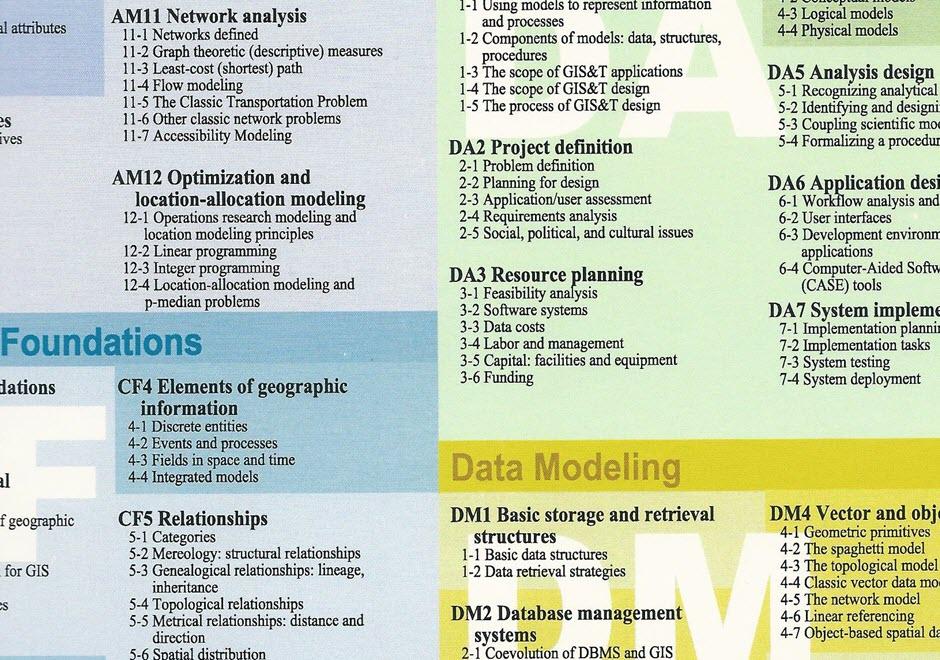GS-21 - Balancing security and open access to geospatial information

- Discuss the way that a legal regime balances the need for security of geospatial data with the desire for open access
The connections and interactions between GIS&T and society range in scale from institutions and business enterprises down to the individual level. Some fundamental drivers behind those interconnections are political, economic, legal, and cultural. Rapidly developing GI technology and infrastructures also generate various forms of public GIS practice as part of citizen science, VGI and social media. These activities provoke questions and critiques around governance, democracy, diversity, and ethics.
Topics in this Knowledge Area are listed thematically below. Existing topics are linked directly to either their original (2006) or revised entries; forthcoming, future topics are italicized.
GS-20 - Aggregation of Spatial Entities and Legislative Redistricting
The partitioning of space is an essential consideration for the efficient allocation of resources. In the United States and many other countries, this parcelization of sub-regions for political and legislative purposes results in what is referred to as districts. A district is an aggregation of smaller, spatially bound units, along with their statistical properties, into larger spatially-bound units. When a district has the primary purpose of representation, individuals who reside within that district make up a constituency. Redistricting is often required as populations of constituents shift over time or resources that service areas change. Administrative challenges with creating districts have been greatly aided by increasing utilization of GIS. However, with these advances in geospatial methods, political disputes with the way in which districts increasingly snare the process in legal battles often centered on the topic of gerrymandering. This chapter focuses on the redistricting process within the United States and how the aggregation of representative spatial entities presents a mix of political, technical and legal challenges.